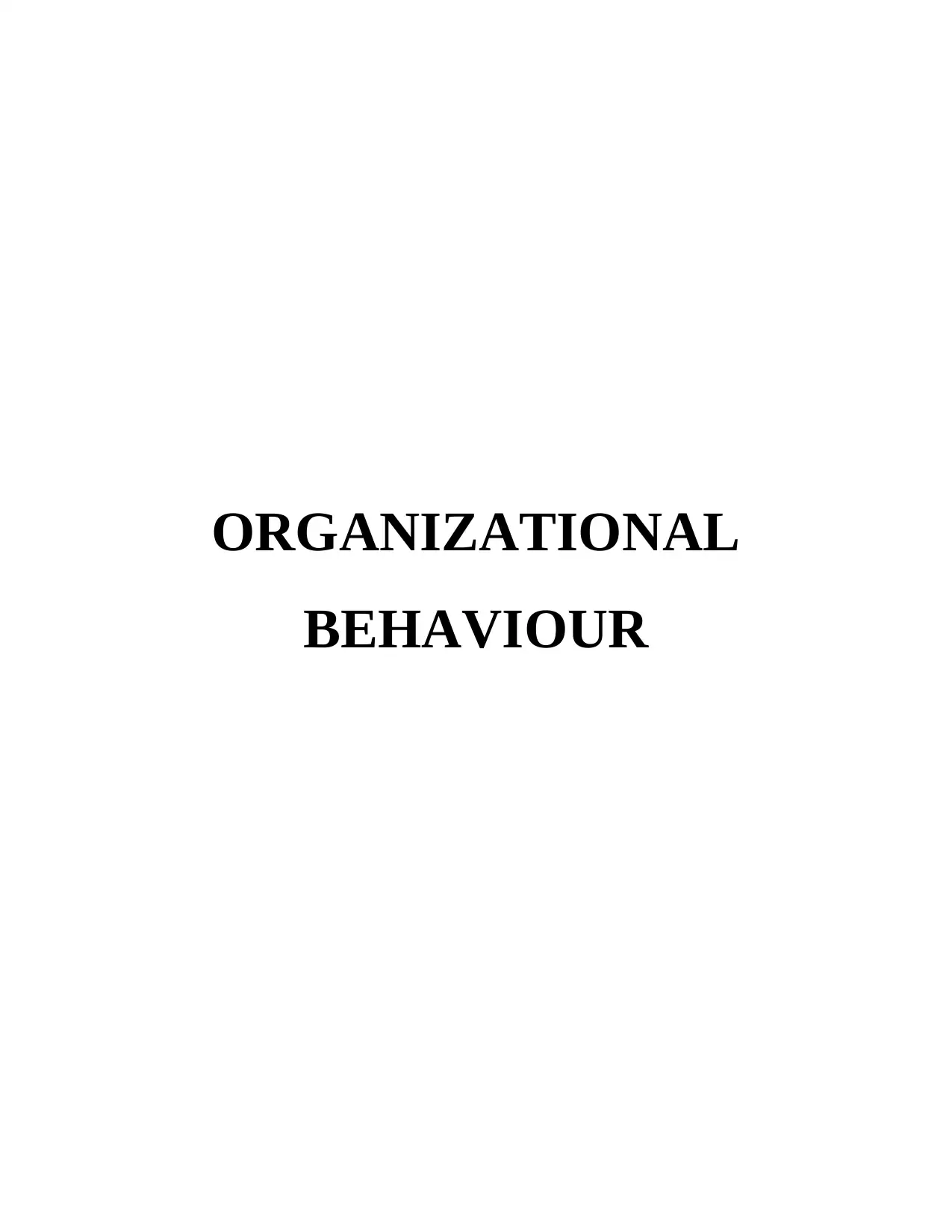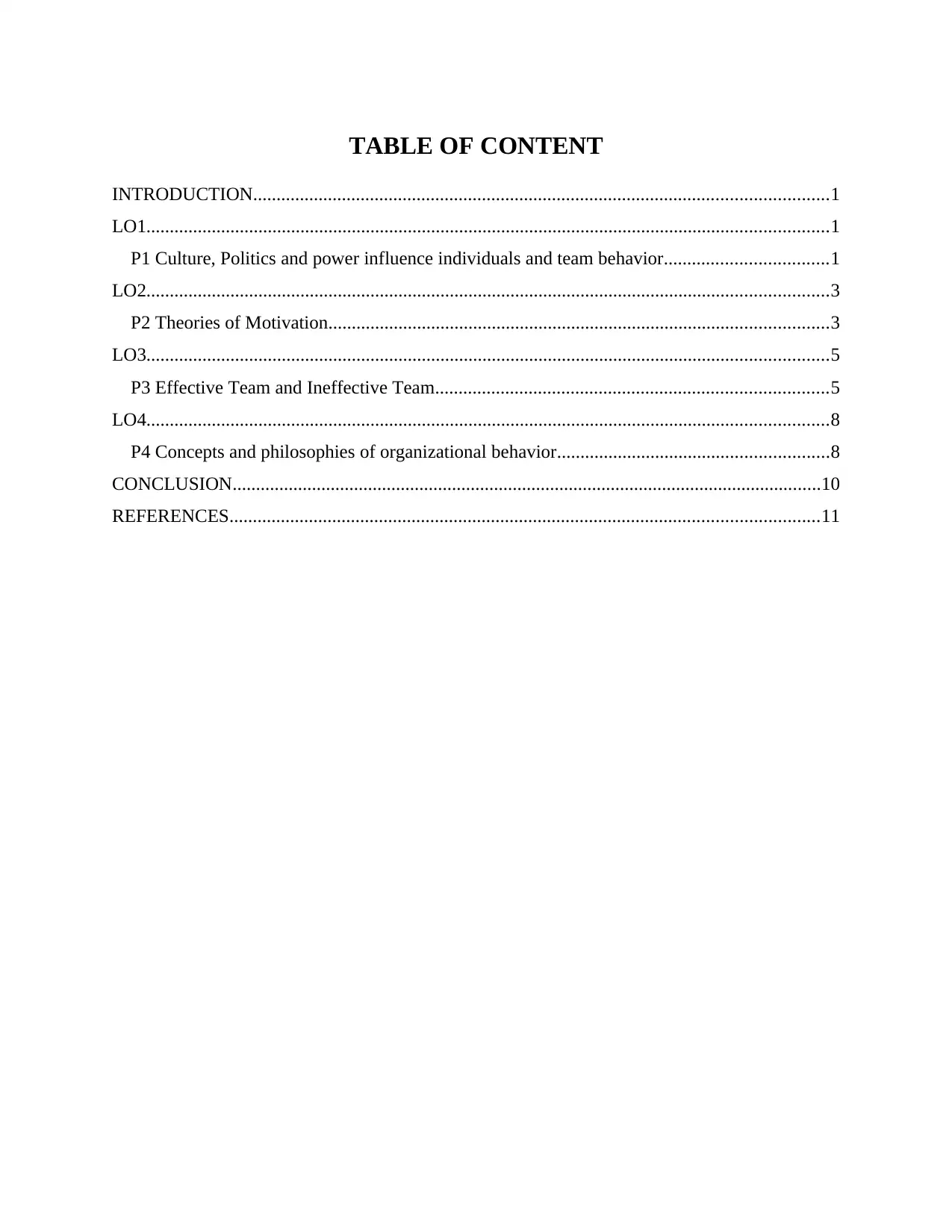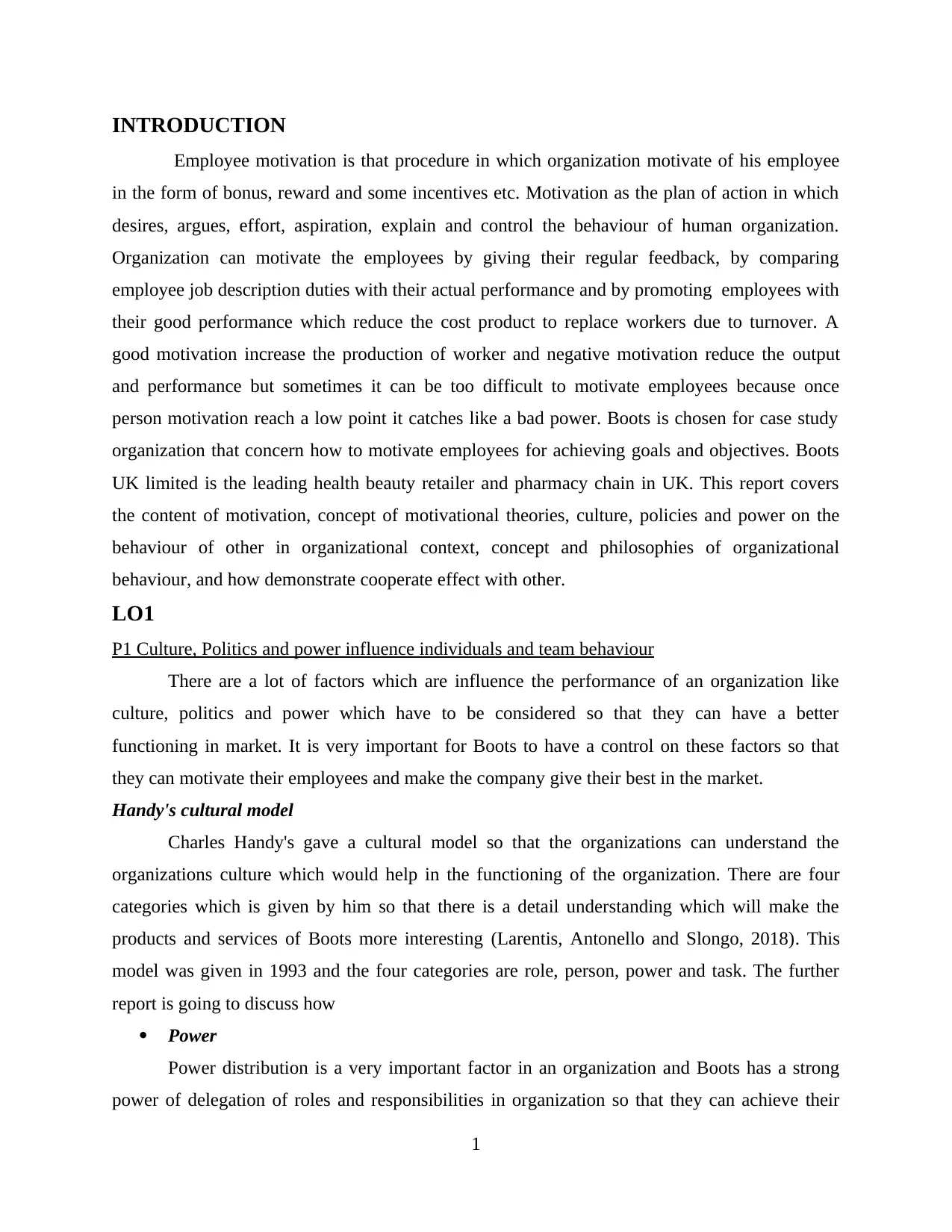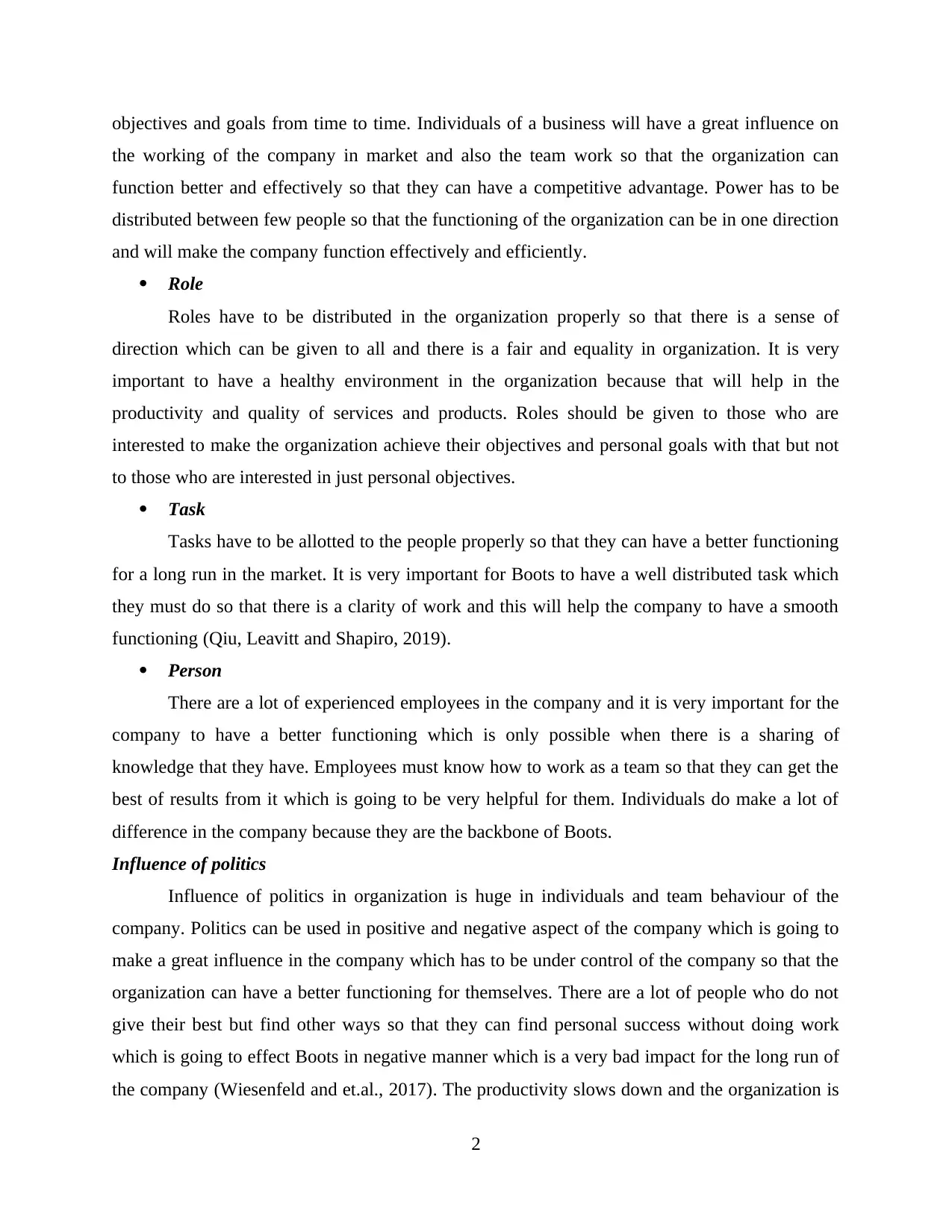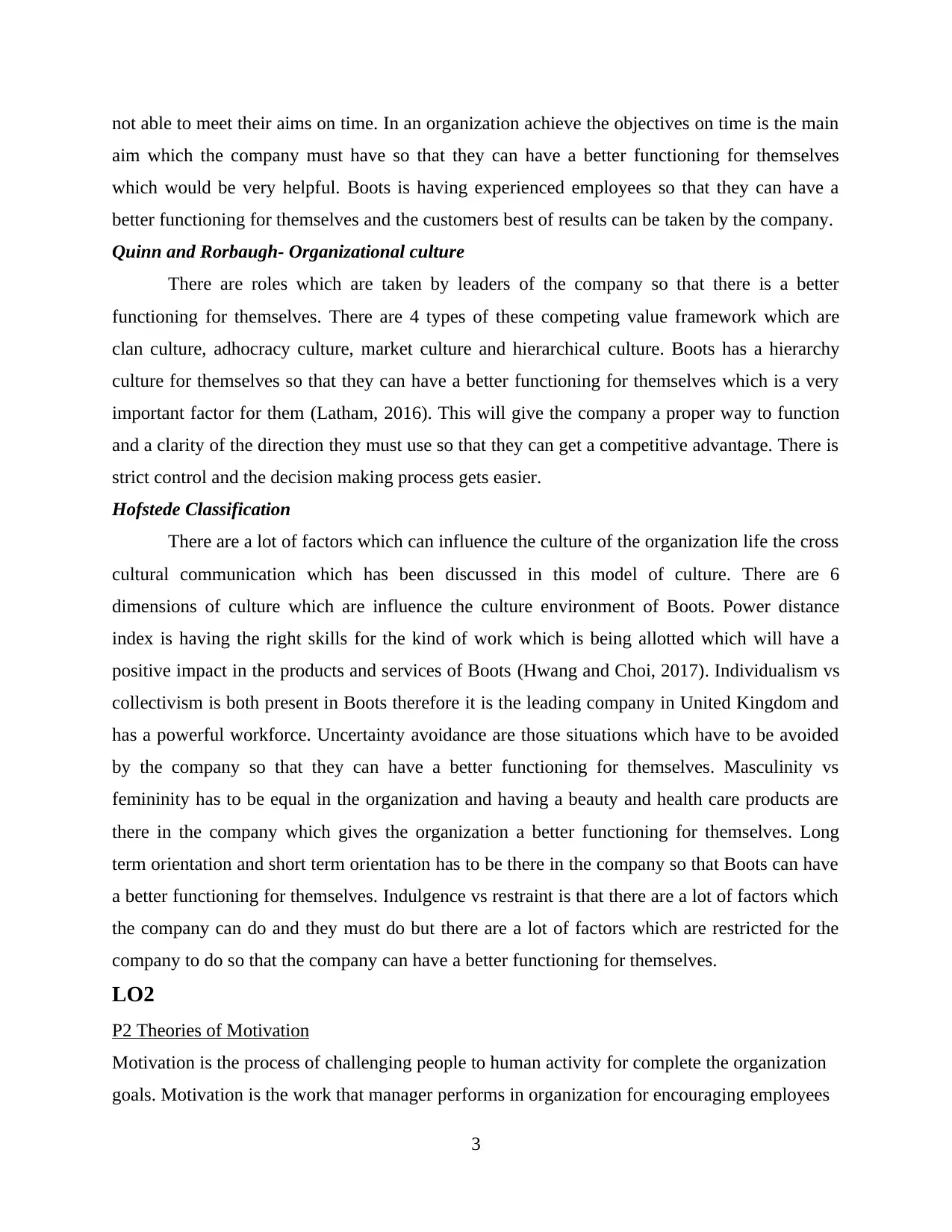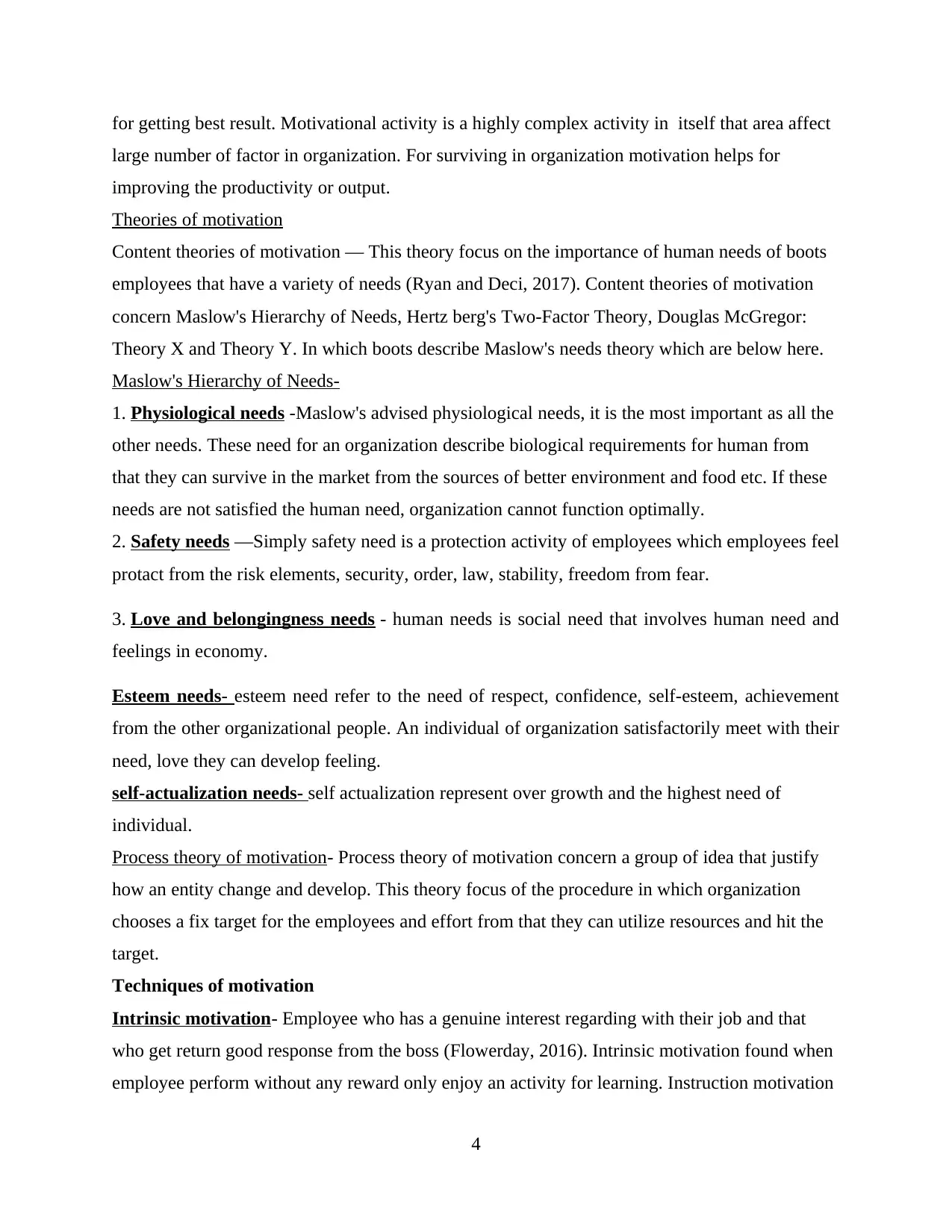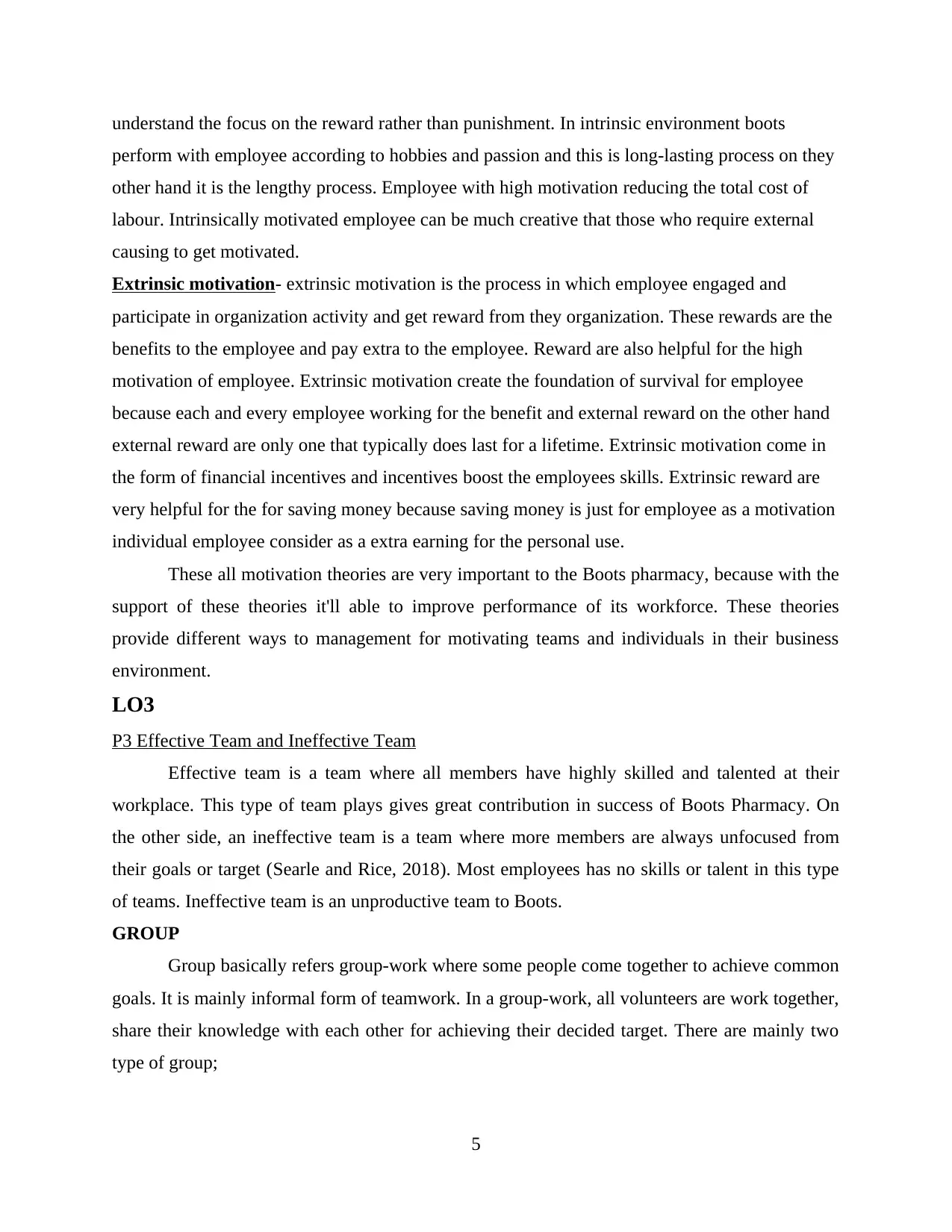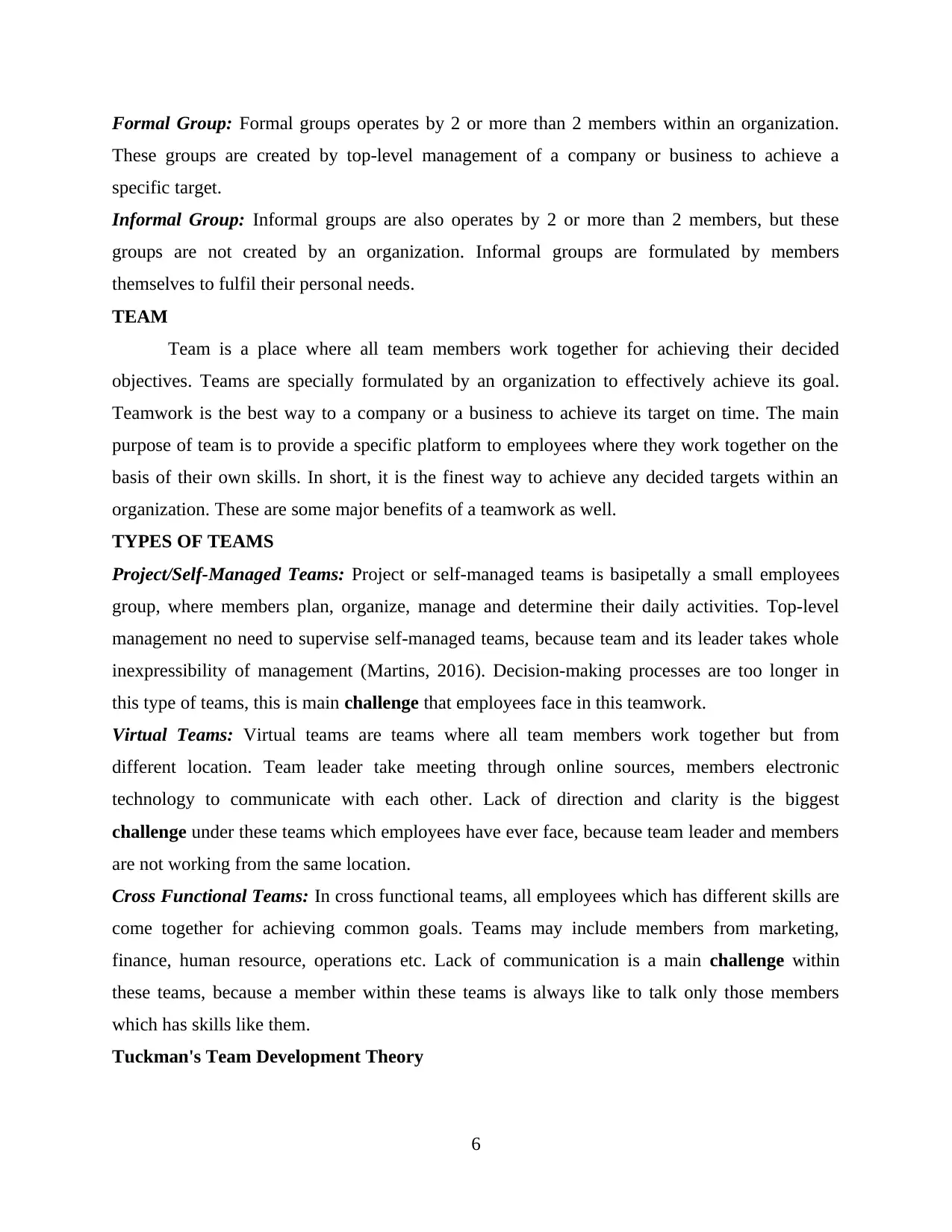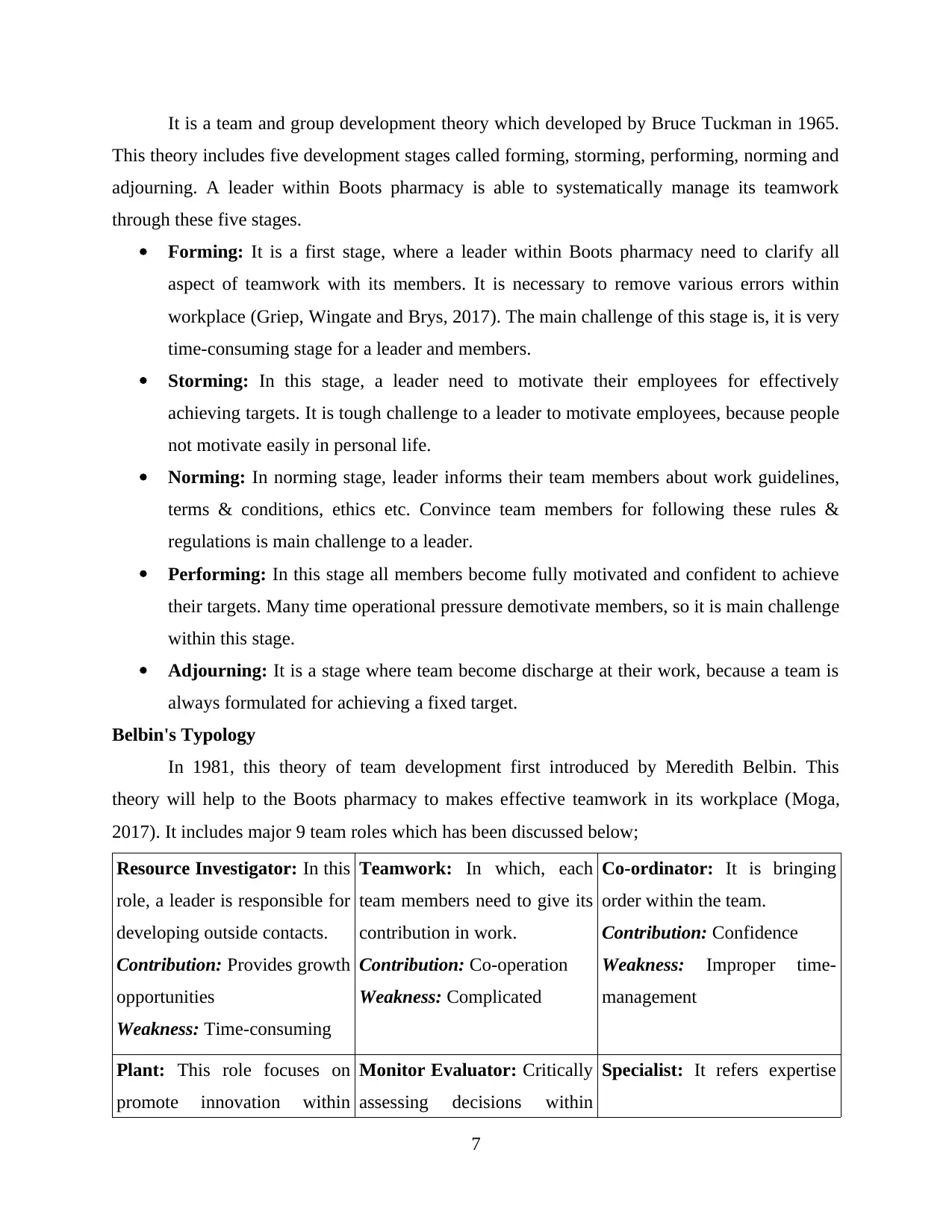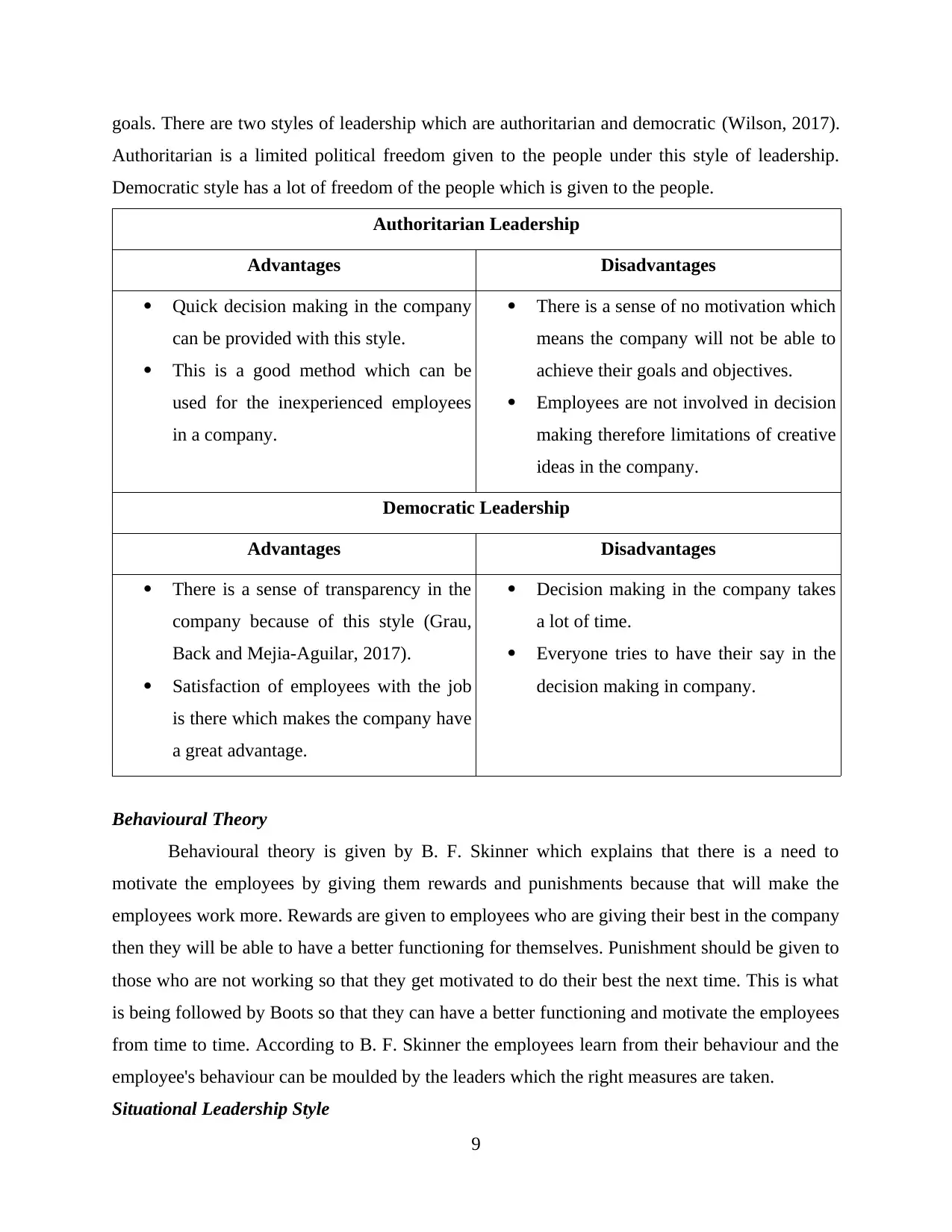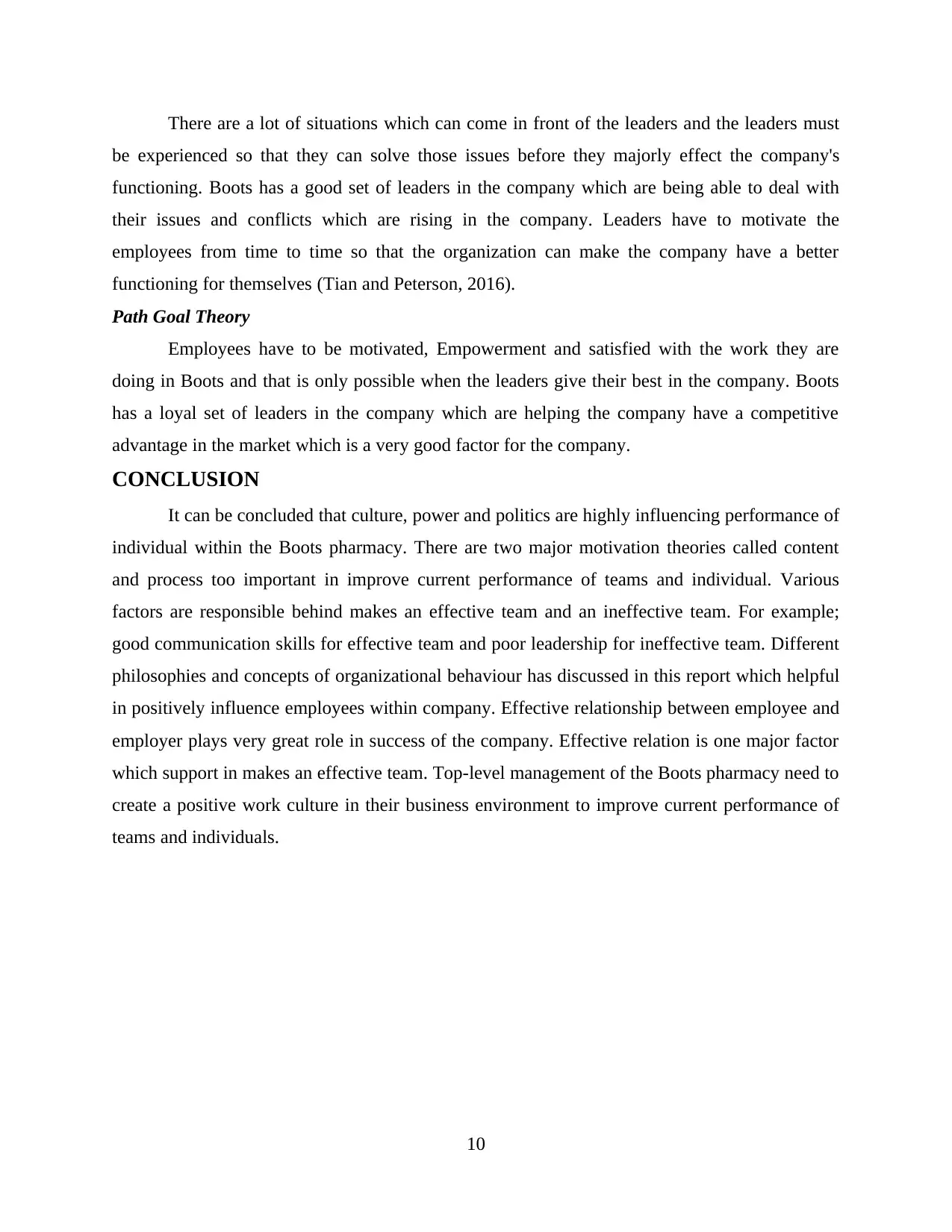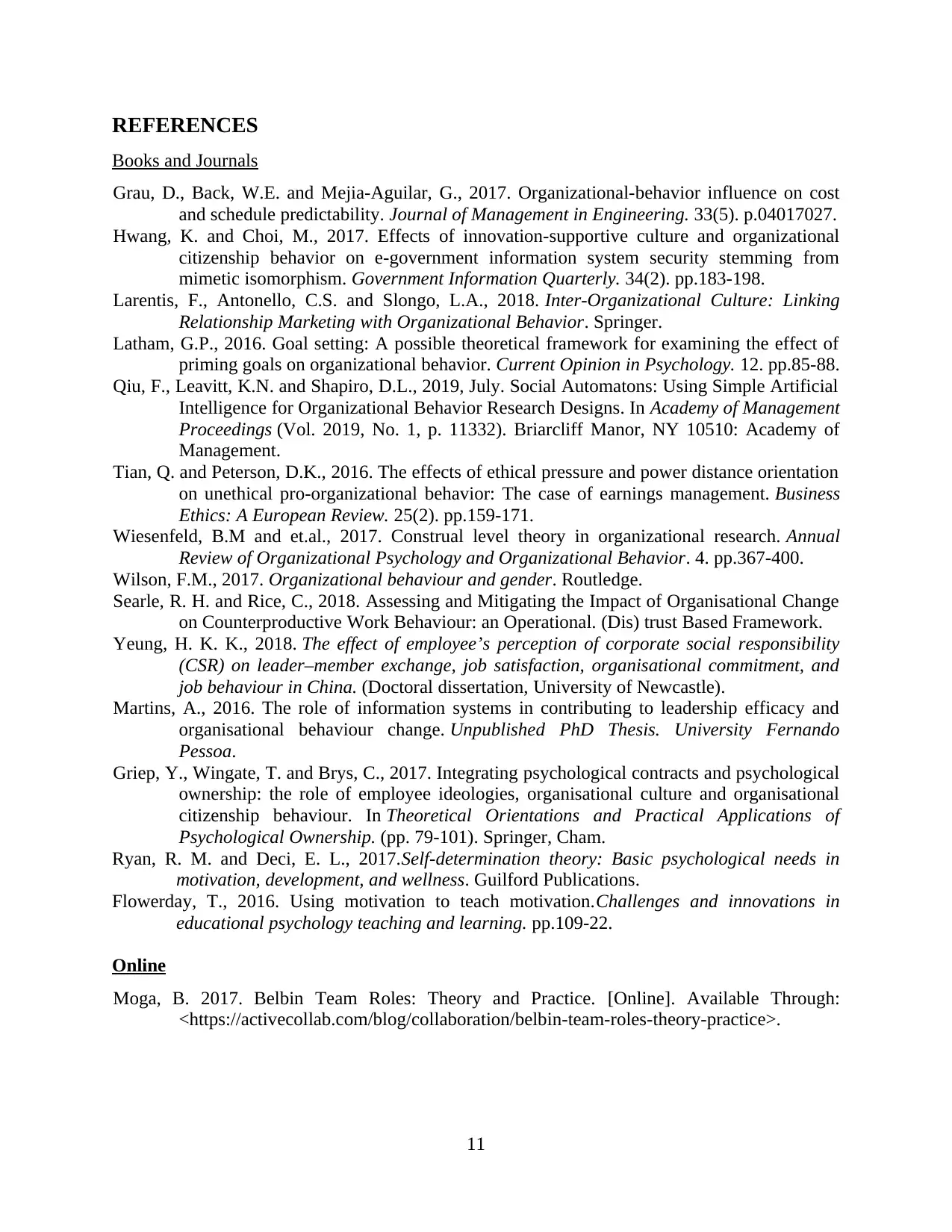Influence of Culture, Politics, and Power on Organizational Behavior
VerifiedAI Summary
This document discusses the influence of culture, politics, and power on individuals and team behavior in an organization. It explores the theories of motivation and the concept of effective and ineffective teams. The content also covers the role of culture in organizational behavior and the impact of politics on employee performance. The document provides insights into the importance of power distribution and the allocation of roles and tasks in an organization. It also discusses the concept of organizational culture and its impact on decision-making and leadership. Overall, the document provides a comprehensive understanding of the factors that shape organizational behavior.
![[object Object]](/_next/static/media/star-bottom.7253800d.svg)
![[object Object]](/_next/static/media/star-bottom.7253800d.svg)
